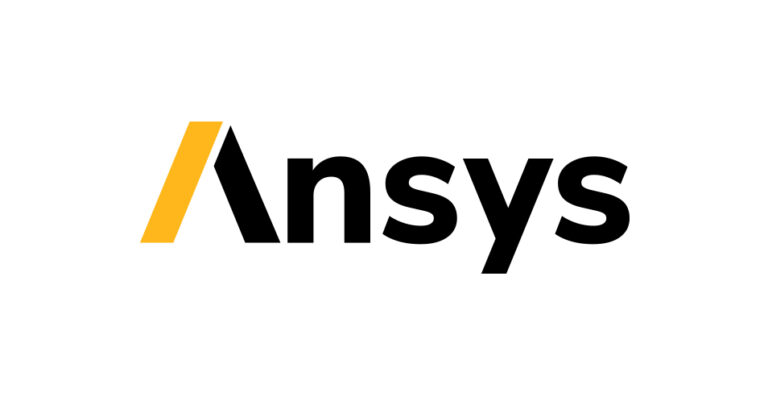Simulation software company Ansys and semiconductor manufacturer Intel Foundry have collaborated to offer multiphysics signoff solutions for Intel’s 2.5D chip assembly technology, which uses embedded multi-die interconnect bridge (EMIB) technology. The approach is designed to enable flexible die connections without requiring through-silicon vias (TSVs).
The partnership’s goal is to expand Ansys’ single-die system-on-chip (SoC) to include EMIB assembly technology.
Ansys says its simulation engines aim to ensure higher speeds, lower power consumption and enhanced reliability in advanced silicon systems for various applications such as artificial intelligence, high-performance computing, autonomous driving and graphics processing.
The company’s electro-thermal analysis tool, Ansys RedHawk-SC Electrothermal, is an electronic design automation (EDA) platform designed to facilitate the multiphysics analysis of 2.5D and 3D-ICs with multiple dies.
The platform conducts thermal analysis with anisotropic thermal conduction, crucial for Intel’s new backside power distribution technology. Additionally, it aims to address thermal gradients that lead to mechanical stresses and warpage and affect product reliability. Power integrity verification can be achieved through chip/package co-simulation, providing the 3D system-level context for accuracy.
“Intel’s enablement of Intel 18A and EMIB technology is a differentiated approach to multi-die assembly that has a number of significant advantages over traditional stacking techniques,” said Rahul Goyal, vice president and general manager of product and design ecosystem enablement at Intel.
John Lee, vice president and general manager of the electronics, semiconductor and optics business unit at Ansys, added, “Ansys has collaborated with Intel Foundry at the leading edge of 3D manufacturing technology to solve complex multiphysics challenges and meet stringent thermal, mechanical, performance and reliability requirements. Ansys’ multiphysics signoff platform gives our mutual customers the flexibility to adopt EMIB technology for their system architecture and assemble the best-of-breed solutions for higher-performance products and a smooth user experience.”
For more simulation and modeling news, please click here.


